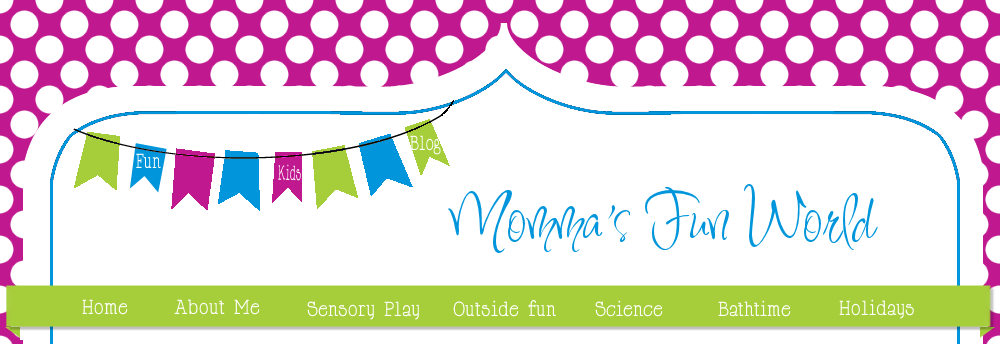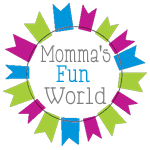We love doing fun and
simple science experiments that tie into learning. We have been talking about weather, so I put together 3 fun weather science experiments you can do using a jar.
Make your own rain in a jar. All you need is a jar, coffee filter, rubber band, and dropper.
I placed the coffee filter over the top of the jar and put rubber band around it. Then I placed colored water in a container and let the kids use a dropper to place water on the coffee filter. Once the coffee filter absorbed the water it dripped like rain.
Here are some facts about rain that we looked up.
- Rain is an important part of the water cycle. Learn how it works with our page explaining the water cycle for kids.
- Heavy rain can cause flooding and landslides.
- Rain allows us to create electricity through hydropower.
- Plants need water in order to survive, they receive much of this water from rain.
Make your own rain cloud in a jar. This experiment the kids loved. All you need is a jar, water, shaving cream and food coloring.
Fill jar 1/2 way, place shaving cream on top as the cloud, then have the kids drop colored water on the cloud and watch it.
After we did this experiment we talked about how a cloud holds water and then that is how rain is formed.
Here are some facts about clouds that we looked up.
- There are a range of different types of clouds, the main types include stratus, cumulus and cirrus.
- Stratus clouds are flat and featureless, appearing as layered sheets.
- Cumulus clouds are puffy, like cotton floating in the sky.
- Cirrus clouds are thin and wispy, appearing high in the sky.
- Rain, snow, sleet and hail falling from clouds is called precipitation.
Our last experiment was making a
tornado in a jar.
I remember doing this in elementary school, so I wanted to show the kids. It's very simple we just filled the jar with colored water and then swirled it around and you get a tornado in a jar.
Once we made the tornado in a jar we talked a little about tornado's. Below I added some facts we looked up about tornado's that we thought were pretty instructing to know.
- Extreme tornadoes can travel much further, sometimes over 100 miles (161kilometres).
A tornado is a rapidly spinning tube of air that touches both the ground and a
cloud above.
- Not all tornadoes are visible but their high wind speeds and rapid rotation often form a visible funnel of condensed water.
- Most tornadoes travel a few miles before exhausting themselves.
US States most often hit by tornadoes include Texas, Kansas, Oklahoma and Florida.
We have also made a rainbow with sunlight be sure to check out that fun experiment.
Also if you have never made fake snow, you have to try this. We love playing with our fake snow.
Thanks for stopping by to see what fun stuff we are doing. Be sure to come follow us on







































































